In the 1830s and 1840s, the author Nathaniel Hawthorne published a series of short stories titled Twice Told Tales. One of those short stories was called The Gray Champion. I first became aware of this short story in a book titled Generations: The History of America’s Future. Published in 1991 by William Strauss and Neil Howe, they share a synopsis of the tale of The Gray Champion. The portion to which they refer on pages 80-81 of their text is shown in full from the text of the story as provided at this website:
“I have heard that, whenever the descendants of the Puritans are to show the spirit of their sires, the old man appears again. When eighty years had passed, he walked once more in King-street. Five years later, in the twilight of an April morning, he stood on the green, beside the meeting-house, at Lexington, where now the obelisk of granite, with a slab of slate inlaid, commemorates the first fallen of the Revolution. And when our fathers were toiling at the breast-work on Bunker’s Hill, all through that night, the old warrior walked his rounds. Long, long may it be, ere he comes again! His hour is one of darkness, and adversity, and peril. But should domestic tyranny oppress us, or the invader’s step pollute our soil, still may the Gray Champion come.” (emphasis added)
Since their book has been published and expanded upon in some of their other works, most notably their 1997 book, The Fourth Turning, this concept of the Gray Champion has been exploited by some to justify identifying this or that individual as THE Gray Champion. But, to do so misses the mark of what Strauss and Howe attempted to communicate. Speaking of the American Baby Boom generation, the authors make this point:
In 2004, thirty-five years after Woodstock, Boomers will range in age from 43 to 60. Meet the old Boom, the next embodiment of Hawthorne’s “Gray Champions,” combining “the leader and the saint” to show the descendants of the Puritans “the spirit of their sires.” Boom principle – or righteous fury – will cast a long shadow over the entire twenty-first century.
Writing in 1991, it was impossible for the authors to identify the precise issue which would confront the “Gray Champion.” However, Strauss and Howe do make the following statement:
One rather safe prediction experts often make about elderly Boomers is that they will collide with underfunded federal pension and health-care systems, starting in the mid-2010s. … Boomers will force a dramatic turn in the politics of Social Security. In the 2010s, they will lay the terms of an entirely new intergenerational “deal,” snapping the chain of ever-rising benefits that G.I.s insisted would never end. Boom leaders will thoroughly recast – and probably rename – Social Security and Medicare. … Affluent Boomers will receive little economic recompense from a lifetime of payroll taxes paid to support others. Yet in a turnabout from the G.I. entitlement ethic, Boomers will derive self-esteem from knowing they are not receiving rewards from the community.
I was born in 1956. They are talking about my generation.
In my book, The Unraveling of We the People, I discuss how Strauss and Howe were correct in identifying the fiscal “time bomb” that is about to explode around us. As a college economics instructor, the debt crisis is something that I drive home to my students. In a perfect world, this would be the issue we were most focused on. Sadly, this is not the issue that is at the heart of our discussions.
There was one other issue Strauss and Howe foresaw, but spent little time commenting on. How could they? In the year 1991, it was virtually impossible to predict the form their fears would take. They also predicted that the Boomers would be moralistic in attitude – and that they would experience conflict within their generation over leadership philosophy “circa 2020.”
Angelo Codevilla: The “Country Class” vs. the “Ruling Class”
How do we on the conservative side compete when they seem to be so entrenched in the media culture? This is a question with which I’ve been wrestling for several years, as well as attempting to address on my website at www.wisejargon.com. For me, the metaphor of the Gray Champion can only carry us so far. In the year 2010, a new metaphor emerged. The concept of the “Country Class” vs. the “Ruling Class.”
The July-August, 2010 issue of the American Spectator ran an article that caught fire among conservatives. The article was titled “America’s Ruling Class and the Perils of Revolution” by Angelo Codevilla. In his article, Codevilla talked about two groups of people. One, the “Ruling Class,” is made up of those people who have graduated from Ivy League schools, who know all the right people, who come from the right families, and hang out with all the right people. The ruling class includes both Democrats and Republicans, and they maintain their position in society not on the basis of merit, but on the basis of knowing the right people. The bailouts allowed the Ruling Class to keep its position, as those in authority told the rest of us to simply “trust the leadership of the country.” These same “elites” in 2022 are buying into what has been called The Great Reset.
The other group Codevilla called the “Country Class”. This group includes the poor, the middle class, and even the wealthy among us who earned what they have in life, but never went to the “right” schools or joined the “right” clubs. He argues that it is from the wealth of the Country Class that the Ruling Class has “shared the wealth” of the nation to give to those the ruling class deemed worthy.
Much of Rush Limbaugh’s July 19, 2010 program was devoted to discussing this article. Focusing on what Codevilla had to say about how the nation gets itself back on track to follow the Constitution, Limbaugh combined his own commentary with the words of Codevilla’s essay. I want to draw your attention to the discussion Limbaugh had about the actions that would need to be taken in order to accomplish this goal. Noting that the Country Class has no choice but to find a home in the Republican Party, no matter its failings, Limbaugh said the following (Limbaugh’s words are in black, the quotes from Codevilla are in italics:
So the intimidating tactics of disrespecting and silencing your opponents has worked, and this is what we must do, is Mr. Codevilla’s point.
“For the country class seriously to contend for self-governance, the political party that represents it will have to discredit not just such patent frauds as ethanol mandates, the pretense that taxes can control ‘climate change,’ and the outrage of banning God from public life. More important, such a serious party would have to attack the ruling class’s fundamental claims to its superior intellect and morality in ways that dispirit the target and hearten one’s own. The Democrats having set the rules of modern politics, opponents who want electoral success are obliged to follow them.”
There is going to be an apparatus in place, thanks to these people, to use the power of government against them when we get it back. The question is will the people that represent us have the guts to do so?
“The ruling class’s greatest difficulty — aside from being outnumbered — will be to argue, against the grain of reality, that the revolution it continues to press upon America is sustainable. For its part, the country class’s greatest difficulty will be to enable a revolution to take place without imposing it. America has been imposed on enough.”
So it must be a self-starting thing. It can’t be the result of phone calls. It can’t be the result of faxes and all this to Washington. It has to start on its own, and guess what the Tea Party is? It’s exactly that.
As I reviewed Limbaugh’s remarks from 2020, two thoughts struck me. First, didn’t Limbaugh prediction come true with the election of Donald Trump in 2016 and the ensuing four years of “Russia, Russia, Russia?” More recently, we’ve seen a grassroots uprising against school boards and other entities that want to impose critical race theory and other elements of what is called “Social Justice.” This movement, whatever you might wish to call it, has been built on the back of the Tea Party Movement.
Conclusion
At the moment we are facing a looming fiscal cliff, not to mention an increasingly tense international scene, America today is confused over its own soul, asking who we are as a people, and what it is we believe. We do not trust our institutions, and therefore argue over what is or is not fake news. Unable to wisely discern, as a united people, the course we must chart in our moment of peril, we may fail to resolve Strauss and Howe’s secular crisis of 2025.
More recently, Cordevilla has looked at the ideological divide within the Baby Boomer Generation, defining the divide between the “Country Class” and the “Ruling Class.” Again, depending upon your point of view, one group presents “the truth” in reporting and interpreting the events of the day, while the other is the font of “fake news.”
Regardless of where you stand in this divide, as more and more members of the Baby Boom generation retire, I believe there is still one last service we can render. Many of us possess a lifetime of experiences we need to pass on to Millennials and Gen Zs. As “old salts,” we are not too old to learn new tricks. We just need to learn how to use the tools of social media – what I call “The Iron of the Culture” – to pass on the subject knowledge we possess. For more information on this generational divide, I encourage you to read Strauss, William and Neil Howe(1991). Generations: The History of America’s Future, 1584-2069, p. 402. New York, NY, Harper Perennial.


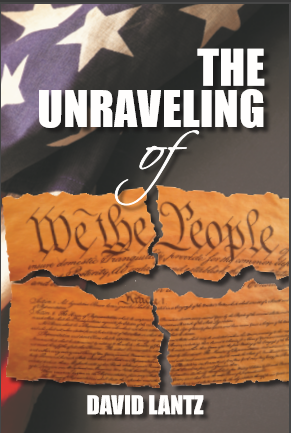
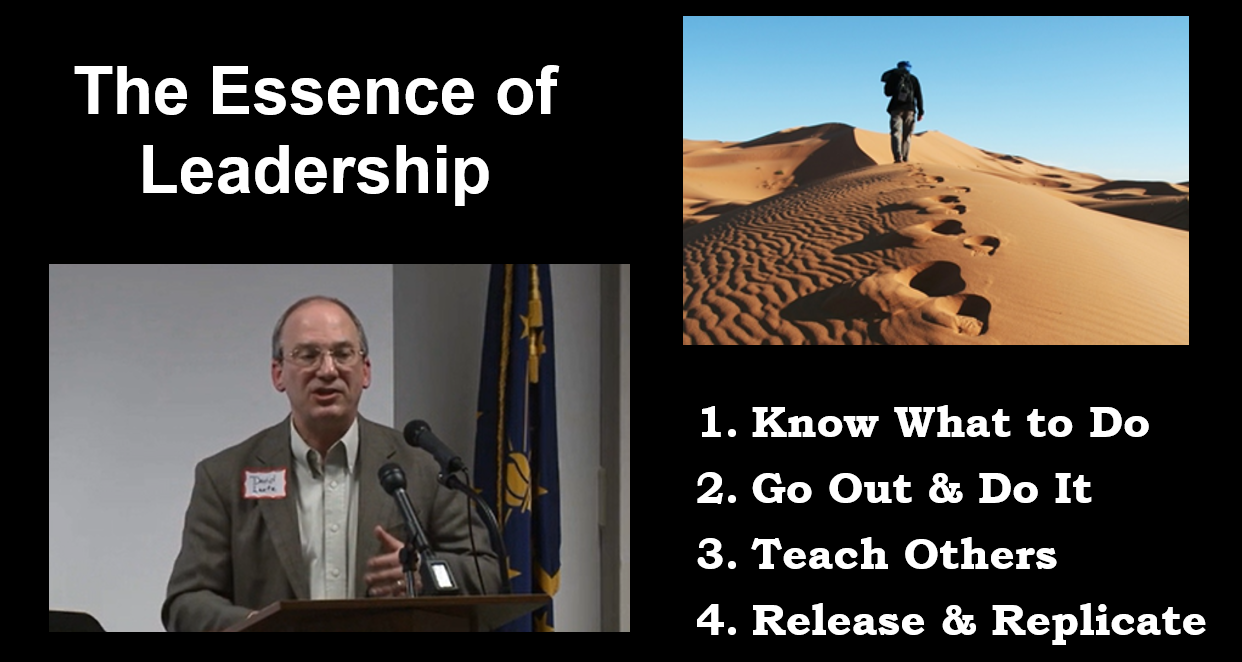

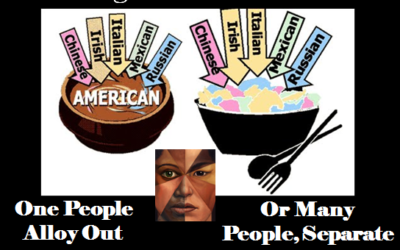
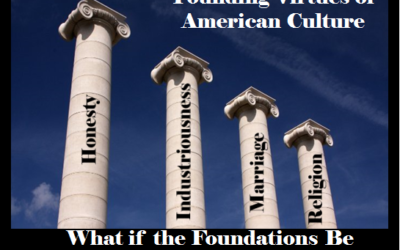
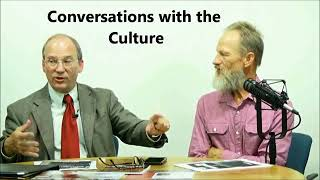
0 Comments